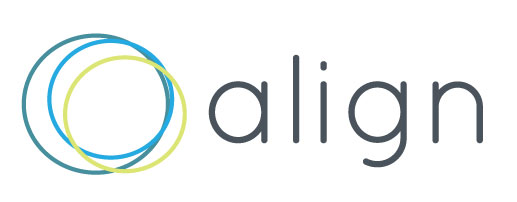How to Spark Good Ideas, and What to Avoid
“I never thought of it that way!” This is music to my ears.
When a client says this, I know we’re on the right track!
To generate the most valuable ideas, you’ve got to find the ‘reframe.’ Leaders who launch new, revenue-generating ideas are the ones who think differently and surround themselves with others who do. The key to discovering a good idea is disrupting your current thinking.
Here are 6 tactics you can use to spark good ideas.
1. Ask for a different point of view.
If you don’t change your context, you’ll have a hard time discovering something new. Unfortunately, it’s extremely hard to recognize your default mode. The more confident and committed you are to an issue, the more entrenched your beliefs and assumptions will be. Identifying and letting go of these assumptions and being receptive to new insights will be difficult. It’s like the adage ‘you don’t know what you don’t know.
An objective third party has a big advantage at unearthing new revelations. Think about the last time you had a ‘light bulb moment.’ Who turned you on to a new way of thinking? Test this by talking to someone totally outside your industry. Without talking about solutions or your products, ask them how they perceive the problem your products/services aim to solve. Ask them what’s hard in their world. Just listen.
2. Keep the customer at the center.
Most business leaders strive to be customer-centered, but it’s not easy to see the world from the customers’ point of view because you’re not the customer. You’re the solution provider, and your knowledge of the solution is biased in favor of all the industry knowledge and expertise you possess.
You know too much, and you can’t unknow it. On the other hand, customers walk around with a depth of knowledge from inside their world. This is the intel you need to unlock. We’re not saying you can’t think like a customer, but achieving customer understanding requires a lot of intentionality, actual research, and objective, curious conversations.
3. Engage Non-Customers and Non-Traditional Stakeholders
Talk to people outside the industry or your circle of influence. It’s one thing to understand what current customers think, but wouldn’t you like to know why certain people who seem to fit the customer profile aren’t customers? What makes them different from the customers who buy from you? It’s not just awareness—I guarantee it!
4. Future-proof your customer base
For obvious reasons, similar to those associated with non-customers, you need to know what’s happening with your next generation of buyers. You know how fast things change and how conditioned we become to the world around us. What will be expected and commonplace for tomorrow’s buyers? How does this translate to expectations associated with the problem you solve and the solutions you offer?
5. Cultivate Your Front Lines
Employees who interact directly with customers, non-customers, or competitors are well-positioned to gain insights about customer needs, preferences, and alternatives.
It’s essential to go beyond the sales team. Customer service is a gold mine of insights about what works and doesn’t for customers. Is there a communication loop between your customer service and new product development teams?
6. Take A Break
If you can’t quiet the mind chatter, you may never have the mental space for unexpected ideas. Your brain can assemble separate and disconnected information into new interesting mash-ups that could solve a problem in a new way. But if your brain is continually at work in predictable ways with familiar tasks and content, you’ll miss the fortuitous combinations that happen when you create mental space. Get into nature. Exercise or jam with some tunes. Get that dopamine flowing! This is why people get good ideas in the shower or walking the dog!
What Not To Do.
Stay inside your core circle
The same old is the same old. Widen your network of contacts to expose yourself to more variety and new perspectives.Reject the reframe
Don’t explain away findings that don’t meet your expectations. Something you didn’t expect is exactly what you need! Dig in to understand what’s behind these results.Avoid discomfort and conflict
Don’t take it personally. It’s not about you. It’s about what the market wants. No one said that change would be comfortable, but getting left behind and feeling obsolete is much worse!
So, what next?
We help teams generate great ideas when we facilitate a Spark Session. Here’s how. First and foremost, this is an opportunity to think and talk with peers in person. It’s structured for creativity and collaboration, and it’s rooted in real information about your customers’ needs. Sessions move quickly, focus on solutions, and generate tangible results. The session ends with a list of prioritized options and sometimes a mock ‘ad’ for your new solution.
Download the Spark Session guide for some thought-provoking questions and a sneak peek at a sample workshop agenda. Check out what past clients have said, then reach out to talk about your goals.

